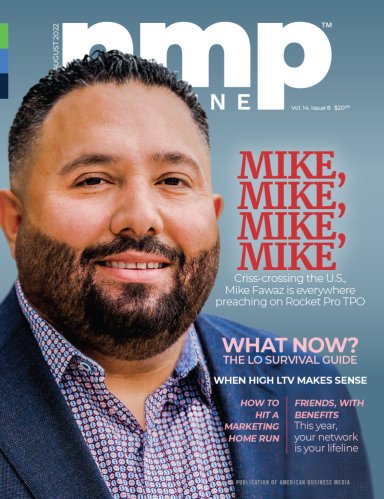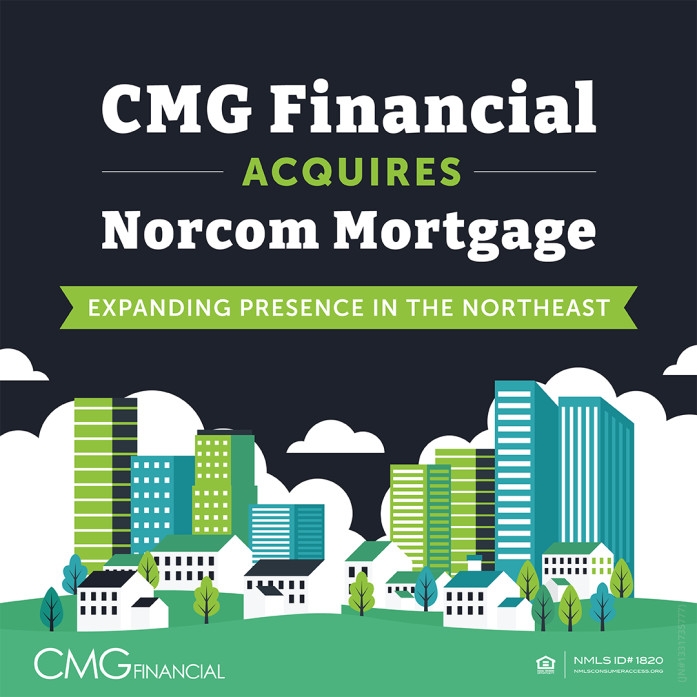Transitioning From Refi To Purchase
Recently, Better.com transitioned into purchase loans as well as refinance loans — to fight declining revenue. But shifting into the purchase market is not as easy as it seems. Lenders and loan officers making this transition will have to bring in new clients, focusing more on homebuyers rather than homeowners.
Refinances are typically referred to as low-hanging fruit in the industry; they don’t need to be closed quickly because the client is already a homeowner, there are no contractual closing dates, and less people are involved in the transaction.
Purchases, on the other hand, are much more complex. If a loan originator says they can finance a borrower’s purchase, and that borrower has already moved out of their apartment, but somewhere down the line the loan gets denied, it can certainly have negative repercussions on the borrower — including the loss of a lot of money. Without being careful, loan officers can put their clients in a serious pickle and potentially lose business.
However, building a purchase-focused business is necessary for most loan officers.
“If you grind out networking to build a purchase-focused business, nothing can take that away from you,” Dustin Owen, vice president of eastern division sales at Waterstone Mortgage and host of the Loan Officer Podcast, said. “You can make permanent, career-long connections with people, which gives you a much more sustainable business.”
Refinances are more like a commodity, because borrowers are looking for the lowest rate they can get. They care less about how long it takes to complete and don’t have to worry about contractual closing dates. Loan officers rely on the lender’s refinance rates to bring in clients.
However, purchase-focused loan officers do not have to rely on their lender as much. Instead, their client relies on the loan officer to meet contractual deadlines and communicate with third parties to complete the closing. Loan officers mainly depend on their referral sources to bring in business, and if they get laid off or leave the company they work for, they can bring those referral sources with them.
“He or she who controls the lead, controls the money,” Owen said.
Getting referral sources also happens to be the hardest part of transitioning into the purchase market or into any new product — you must bring new clients through the door. Owen said new loan officers should expect this process to take at least two years. For those who have spent all their time doing refinances throughout the pandemic-driven housing boom instead of building relationships with realtors and builders, will have a long way to go before they get their ideal amount of purchase leads.
Commence New Practices
So, where should you start?
First, Owen says, a loan officer needs to figure out how they are going to create the number of leads they need to make the commission they want. For example, if a loan officer closes four loans per month with an average loan size of $250,000 — equating to $1 million in volume per month — and a comp plan of 125 basis points, they’ll be making roughly $150,000 per year.
The math is simple: more leads equals more money in your pocket. With a specific goal in mind, loan officers can now get started networking. There are plenty of strategies to grow your network, but Owen’s strategy can put you on the fast track to getting 15 referral sources within 12 weeks.
“You start by contacting pretty much anyone that you would invite to your wedding — friends, family, coworkers, acquaintances — and ask them who their Realtor or builder was. All you need is a name, number, and email address,” Owen said. “It’s not just builders and Realtors you can reach out to, though. Get in contact with financial advisors, CPAs, divorce attorneys, or HR reps that work for big companies. Homeowners are likely to stick with employers longer than non-homeowners, so they’re incentivized to want to work with you.”
Making cold calls to Realtors and builders is always an option, but it’s not as effective as setting up an in-person meeting. After all, networking is about building relationships, so sharing a lunch together can work more in your favor than a simple phone call.
Loan officers should aim to make 60 appointments within 12 weeks, whether they be in-person or over the phone. Out of those 60 appointments, 30 of them will not be a good fit for you or your business, Owen explained. The 30 remaining sources may be a good fit, but 15 of them will not want to work with you. So, most likely, you will be left with 15 connections that will actually refer you to people.
“Those 15 people will be the starting point to grow your business,” Owen said. “As you can see, this is why it takes two years just to build up your network.”
Once purchase referrals start coming in, it’s likely that loan officers will only be able to capture 20% of them. For beginners, that figure might be closer to 15%, and for more experienced loan officers the figure could be closer to 25%.
To Diversify … Or Not
As refinances become last year’s news, more lenders and loan officers are looking to diversify their products and the way they market their services.
In the first quarter of 2022, more lenders began to offer Non-QM loans and long-time Non-QM lenders were predicting their profits to shoot way up. In January, an S&P Global Ratings report stated that Non-QM lending will come in at $40 billion this year. Angel Oak Mortgage Solutions’ Executive Vice President Thomas Hutchens was much more optimistic, stating the Non-QM market will grow to $100 billion — or about 4% of the overall mortgage loan volume predicted for 2022.














